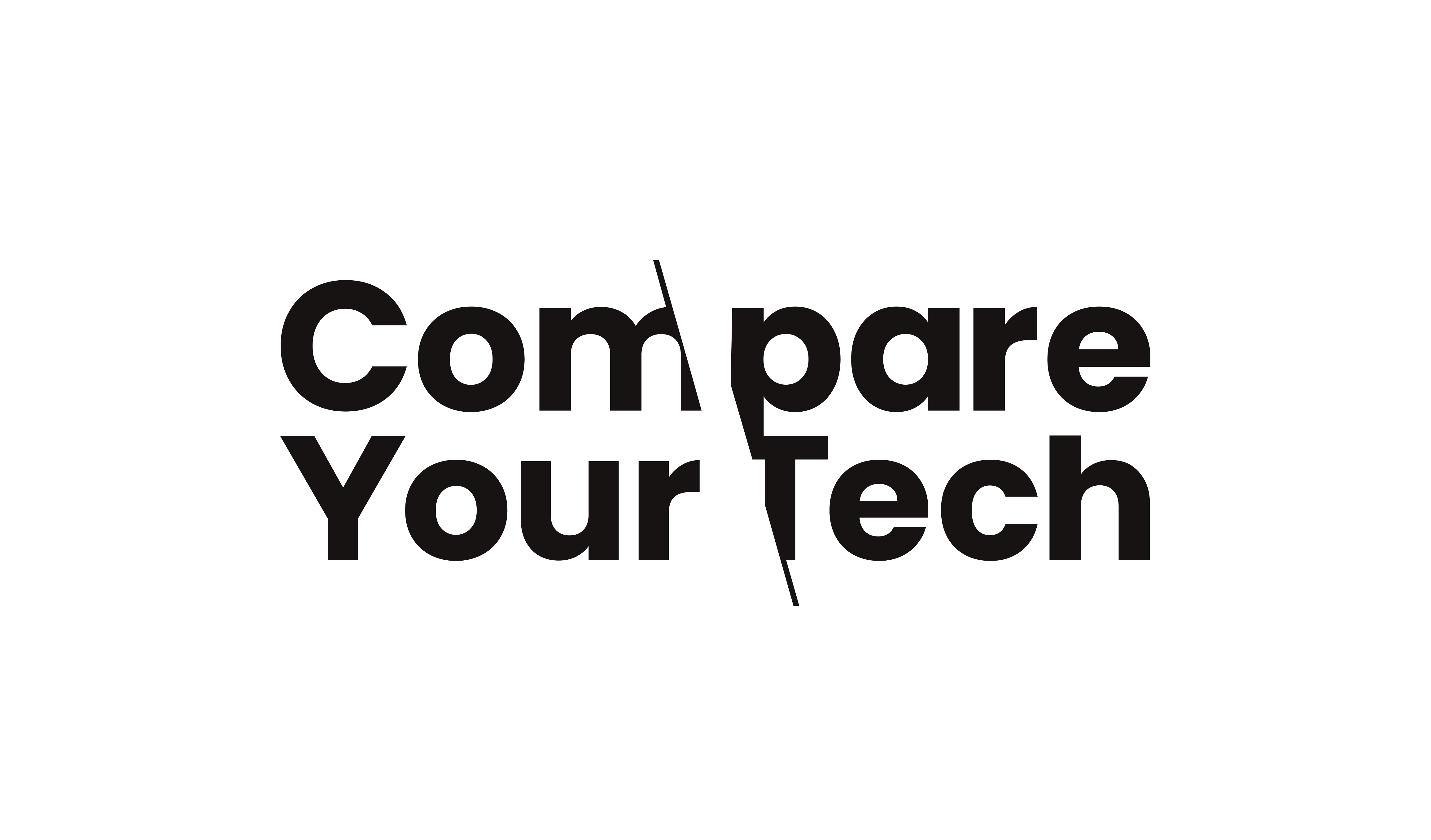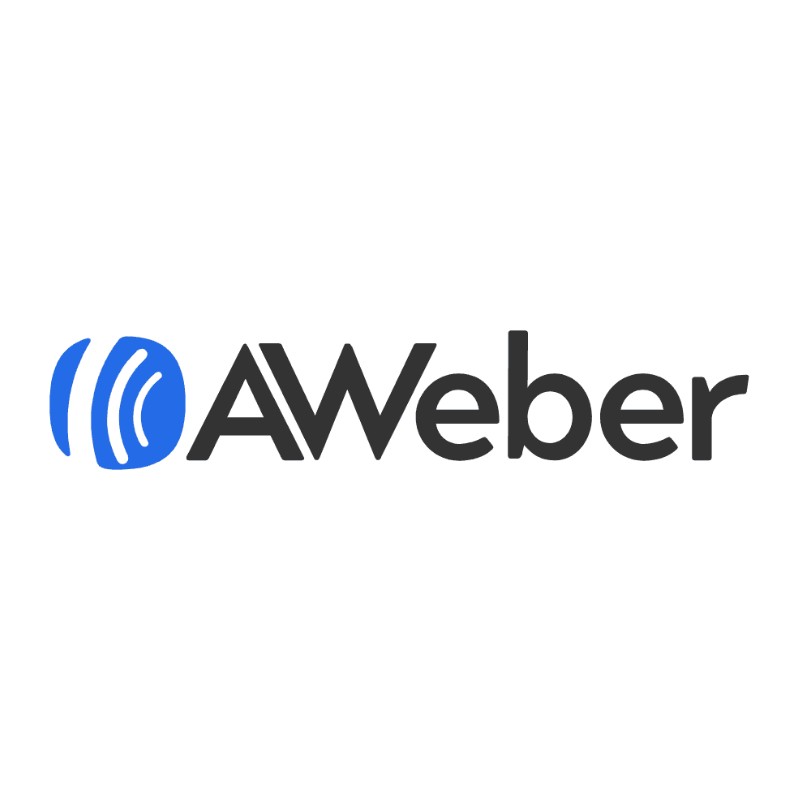FAQ'sFrequently Asked Questions About Trino
Who are Trino?
Trino is an open-source distributed SQL query engine designed for running interactive analytic queries against various data sources. Originally developed by Facebook, it allows users to query data across multiple databases and storage systems, providing flexibility and scalability for data analysis.
What are Trinos products?
Trino offers a powerful SQL query engine that enables users to perform fast analytics on large datasets. It supports querying across various data sources, including relational databases, NoSQL databases, and data lakes, making it versatile for data professionals.
What services do Trino offer?
Trino primarily provides its SQL query engine as a service. Users can deploy Trino on their own infrastructure or in cloud environments to run complex queries, perform data analysis, and integrate with existing data workflows.
What type of companies do Trinos products suit?
Trinos products are suitable for companies of all sizes that require efficient data analysis. It is particularly beneficial for data-driven organisations, analytics teams, and businesses with large amounts of data spread across multiple sources.
How much does Trinos product cost?
Trino is open-source and free to use. However, costs may arise from the infrastructure used to deploy Trino, such as cloud services or on-premises hardware. Users may also incur costs from associated services such as data storage and processing resources.
Does Trino offer a free trial?
As an open-source product, Trino does not offer a traditional free trial. Users can download and deploy Trino at no cost, allowing them to evaluate its features and capabilities freely.
What discounts does Trino offer on their products?
Since Trino is an open-source solution, there are no discounts associated with its use. Users can access the software without any purchasing considerations.
Are there any hidden fees or additional costs with Trino?
There are no hidden fees for using Trino itself, as it is open-source. However, users should consider potential costs related to the infrastructure, data storage, and processing resources needed to run Trino effectively.
Who uses Trinos products?
Trino is used by data engineers, data scientists, and analytics professionals in various industries, including technology, finance, retail, and healthcare. It is ideal for teams that need to query and analyze large datasets from multiple sources.
What are the main features of Trinos products/services?
- Distributed query execution across multiple data sources
- Support for a wide range of data formats and storage systems
- High performance for complex analytical queries
- SQL compatibility for ease of use
- Extensible architecture for custom connectors
How does Trino compare to its competitors?
Trino stands out from competitors like Apache Spark and Presto due to its focus on interactive analytic queries and its ability to query data from various sources simultaneously. It is often praised for its performance and ease of integration with existing data ecosystems.
Is Trinos platform easy to use?
Trino is designed to be user-friendly, particularly for those familiar with SQL. Its straightforward architecture and extensive documentation facilitate ease of use for both new and experienced users.
How easy is it to set up Trinos product or service?
Setting up Trino can be straightforward for users with technical expertise. The installation process is well-documented, and users can find various guides to assist with deployment on different platforms, whether on-premises or in the cloud.
Is Trino reliable?
Trino is known for its reliability and performance, having been utilised in production environments by numerous organisations. Its distributed architecture allows for fault tolerance and scalability, which contributes to its reliability.
Does Trino offer customer support?
As an open-source project, Trino does not provide formal customer support. However, users can access community support through forums, GitHub issues, and documentation available on the Trino website.
How secure is Trino’s platform?
Trino incorporates security features such as authentication, authorisation, and data encryption. Users can implement security measures appropriate for their deployment environment, ensuring data protection and compliance with regulations.
Does Trino integrate with other tools or platforms?
Yes, Trino can integrate with various tools and platforms, including data lakes, BI tools, and ETL solutions. It supports multiple connectors for different data sources, enhancing its compatibility within diverse data ecosystems.
Can I use Trino on mobile devices?
Trino itself is a server-side application and does not have a dedicated mobile app. However, users can access Trino through web-based interfaces or third-party tools that support mobile access to query results.
What do users say about Trino?
Users generally praise Trino for its speed, flexibility, and ability to handle large datasets across various sources. The community actively contributes to its development, and many appreciate the extensive documentation and supportive user community.
What are the pros and cons of Trino?
Pros:
- High performance for large-scale data queries
- Open-source and free to use
- Supports a wide range of data connectors
- Active community and extensive documentation
Cons:
- Requires technical expertise for setup and maintenance
- No formal customer support available
How can I purchase Trino’s services?
Trino is free to use as an open-source project, so there is no purchase process. Users can download and deploy it directly from the Trino website.
What is the cancellation or refund policy for Trino?
As Trino is an open-source product, there is no cancellation or refund policy applicable. Users can freely choose to discontinue using Trino at any time without financial implications.
What are the common use cases for Trino?
Common use cases for Trino include data analytics, business intelligence reporting, and data integration across multiple sources. It is often employed in environments where organisations need to perform complex queries on large datasets quickly.
Why choose Trino over other options?
Trino offers unique advantages, such as its ability to query data from multiple sources in a single query and its high performance for analytical workloads. Its open-source nature allows for customisation and flexibility, making it an attractive choice for many organisations.
How easy is it to set up Trino?
Setting up Trino can be straightforward for users with technical knowledge. The installation process is documented thoroughly, and users can find community support for any challenges encountered during setup.
Does Trino offer training or tutorials?
While Trino does not offer formal training programs, it provides extensive documentation, tutorials, and community resources to help users learn how to effectively use the query engine.
What languages does Trino support?
Trino primarily supports SQL as its query language. However, users can interact with Trino through various programming languages via APIs and connectors, including Java, Python, and R.
What problems does Trino solve?
Trino addresses the challenges of querying and analysing large datasets spread across disparate data sources. It simplifies data access and analysis for data professionals, enabling faster and more efficient decision-making processes.
Is Trino worth the investment?
Considering Trino is free, it offers significant value for organisations needing a powerful SQL query engine for data analytics. Its capabilities can lead to improved efficiency and insights from data, making it a worthwhile consideration for data-driven teams.






Leave a Reply
You must be logged in to post a comment.